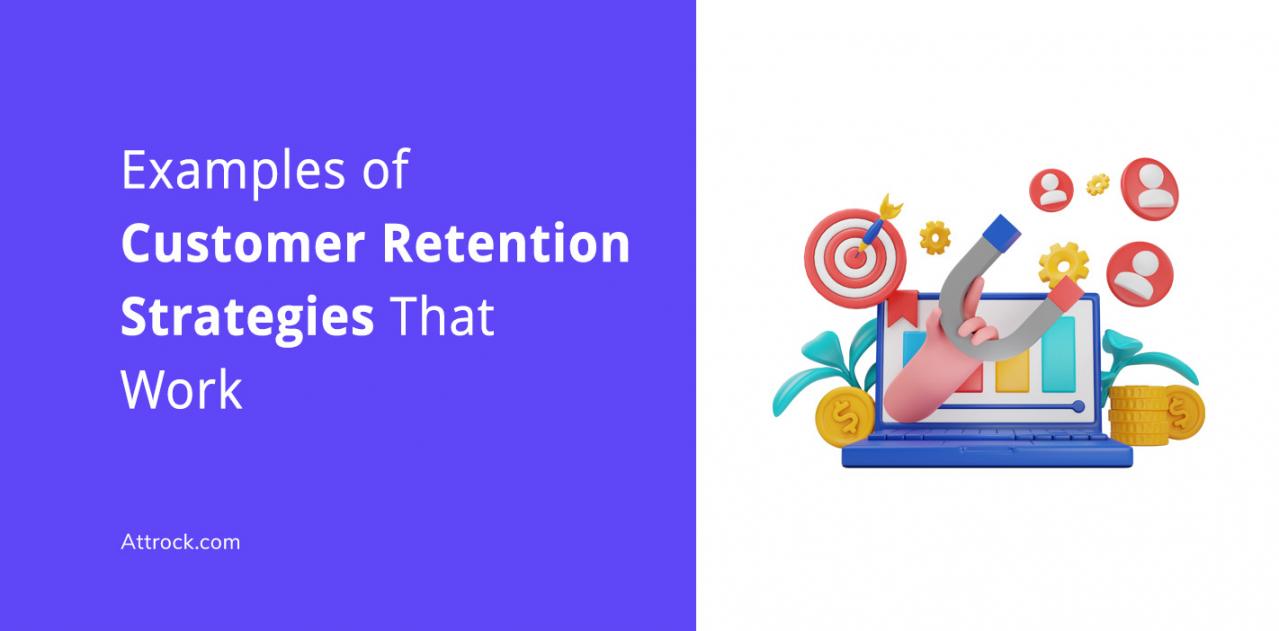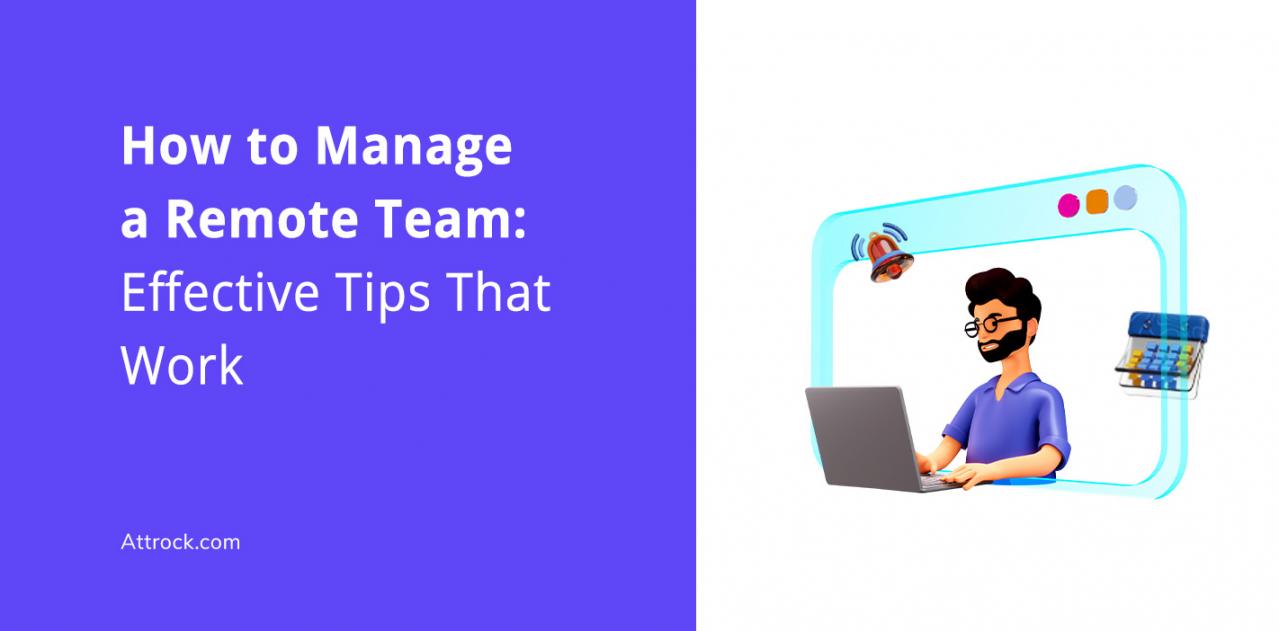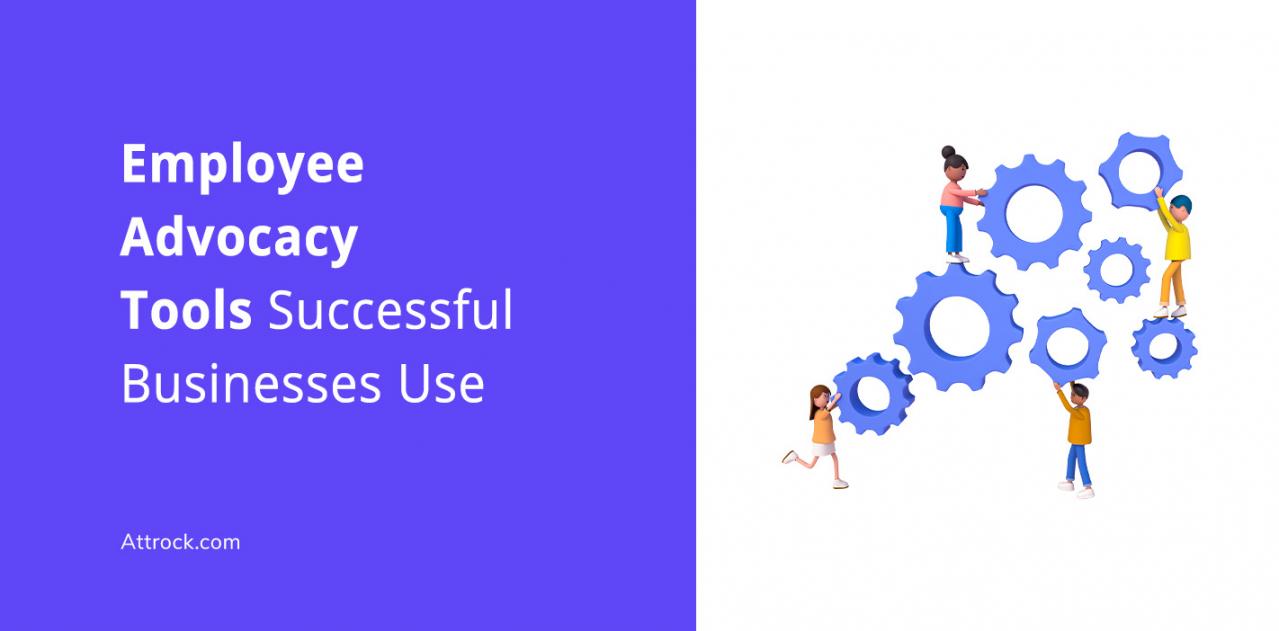The freelance industry, or the gig economy, continues to grow, providing business owners with a large global talent pool of freelance professionals. However, knowing how to hire freelancers for your business requires careful thought.
As a small business owner, the “do-it-yourself” approach can be tempting. However, even growing businesses can benefit from outside support. Research shows there were over 76 million freelancers in the United States in 2024, which could hit 90 million by 2028.
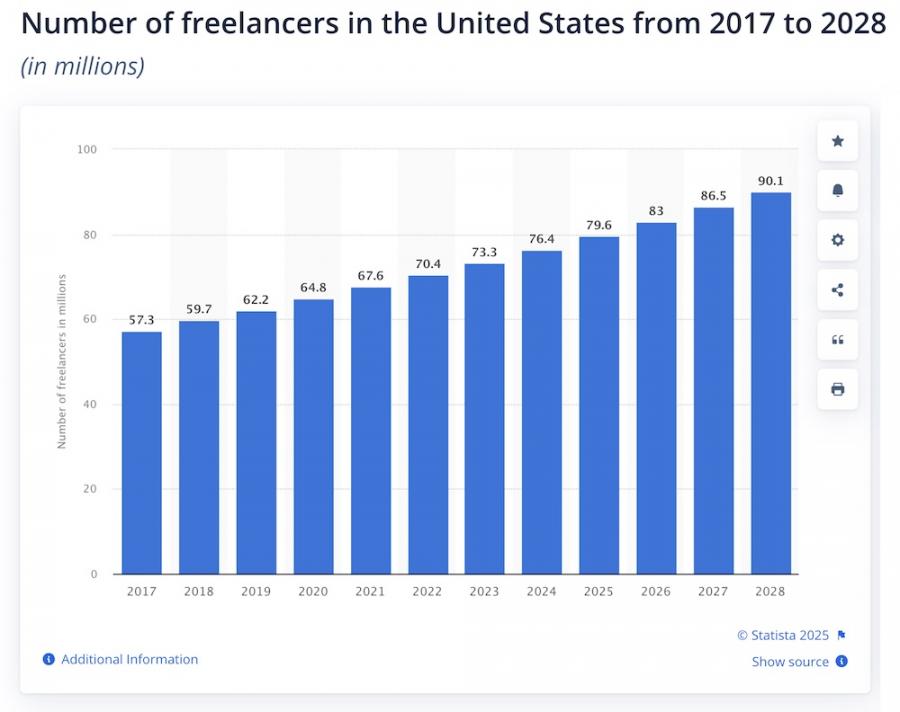
Image via Statista
There’s a lot to gain from knowing how to hire freelancers for your business. Let’s now look into some excellent tips on how to hire freelance workers for your business.
Table of Contents
How to Hire Freelancers for Your Business
So, you’ve decided to bring in more hands for an ongoing project. Here are 9 steps you can take when hiring freelancers for your business.
1. Determine the Scope of Work
The first step in how to hire freelancers for your business is to evaluate your specific project to establish the scope of work needed. Then, generate a particular list of requirements and expectations for the freelancer.
This helps you avoid misunderstandings, scope creep, and missed deadlines with most freelancers. It also makes it easier to compare proposals and choose the best fit for your needs.
2. Set a Budget
Learning how to hire freelancers for your business can be challenging, especially for small businesses. Pre-growth budgets can be constrained, so having a well-defined budget is crucial when hiring freelancers.
Begin by conducting thorough research to understand the rates freelancers charge for the specific task you have in mind.
Remember, some experienced freelancers charge higher rates than others. This doesn’t mean you can’t find a good freelancer to work with without a huge budget.
To gauge an appropriate budget when hiring freelancers, explore what other organizations pay freelancers for projects similar to yours. Popular freelance websites like Upwork and its alternatives can be valuable resources for such insights.
According to a Payoneer report, freelancers worldwide charge an average of $22 per hour. Also, the image below shows the average hourly rate freelancers charge by region. This can be a useful benchmark for your budget considerations as you strategize on how to hire freelancers for your business.
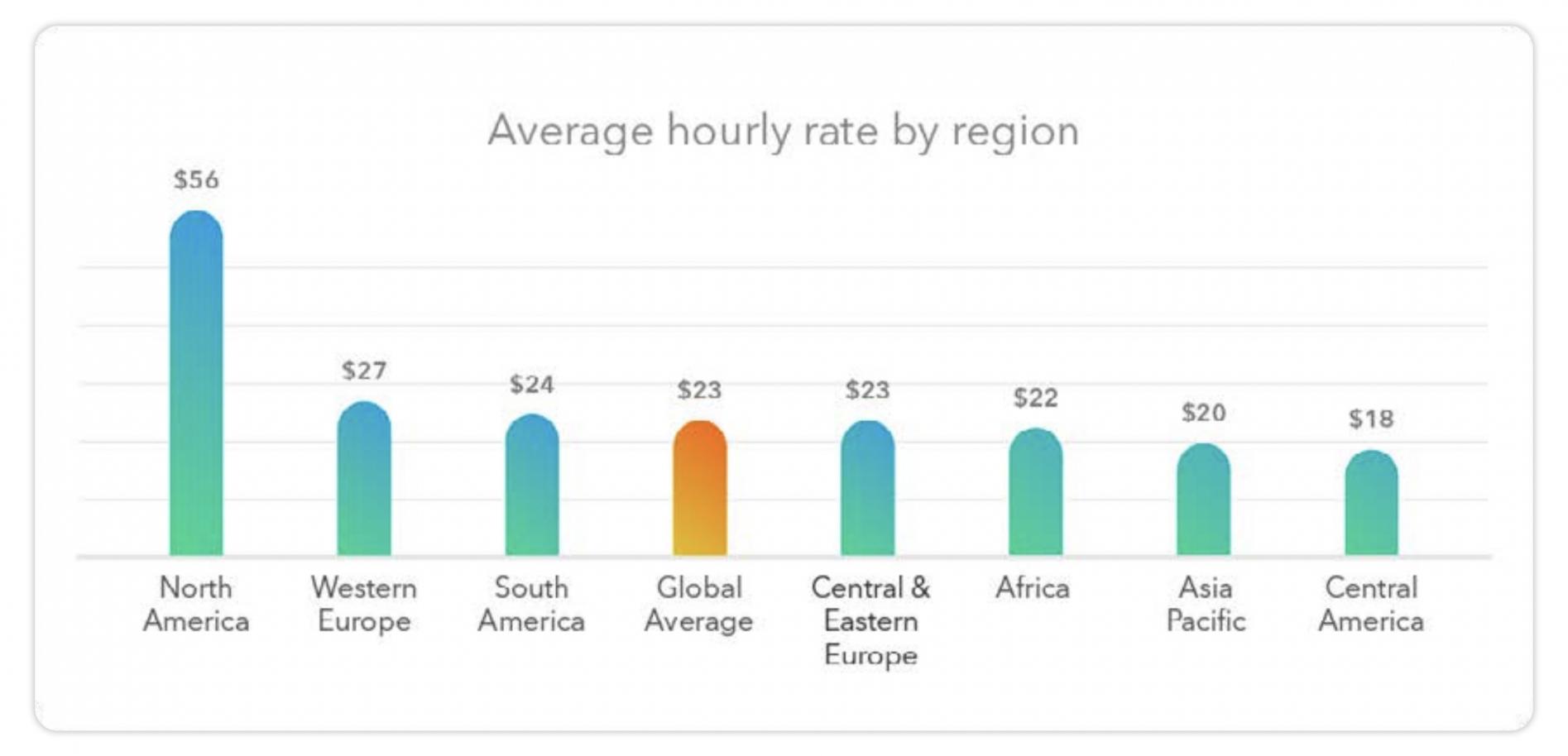
Image via Payoneer
Moreover, you can tap into your professional network to get invaluable perspectives on freelancer payment expectations.
3. Create a Detailed Job Description
When learning how to hire freelancers for your business, once you have a budget, the next step is to create a detailed job description.
Write down the role you’re hiring for and the details of the task or project. Be specific about details like:
- Deliverables
- Expected availability
- Compensation terms
- Preferred qualifications, skills, and qualities
- The task’s duration, for both long- and short-term projects
Your job description should be as comprehensive as possible when hiring freelancers.
Once that’s done, post the job descriptions on freelance websites and job boards. Most of these websites even provide tutorials on how to hire freelancers for your business. Be sure to read them first if you don’t know how to proceed.
4. Find a Freelancer
This is where things get interesting.
Understanding how to hire freelancers for your business can make the search process both effective and rewarding. You need to find the right person for the job, not just the first one you find.
Start by leveraging your network and connections. Ask if they have any freelancers they’ve worked with before and would recommend.
Focusing on people your connections have worked with makes the search easier. Plus, it helps ensure that you go with an experienced professional.
Here’s another thing you can try—ask your full-time employees if they know any freelancers. Since your employees already understand your business’s needs, this can help narrow your search.
You could also expand your search through online communities involved with hiring freelancers. Post your remote work opening on freelance websites that let freelancers develop profiles, show their portfolios, and find work.
One thing you should note is that most of these freelance platforms charge for their services. However, there are some Upwork alternatives, like Wishup and PeoplePerHour, that allow you to post jobs for free.
Here’s what job postings look like on PeoplePerHour.
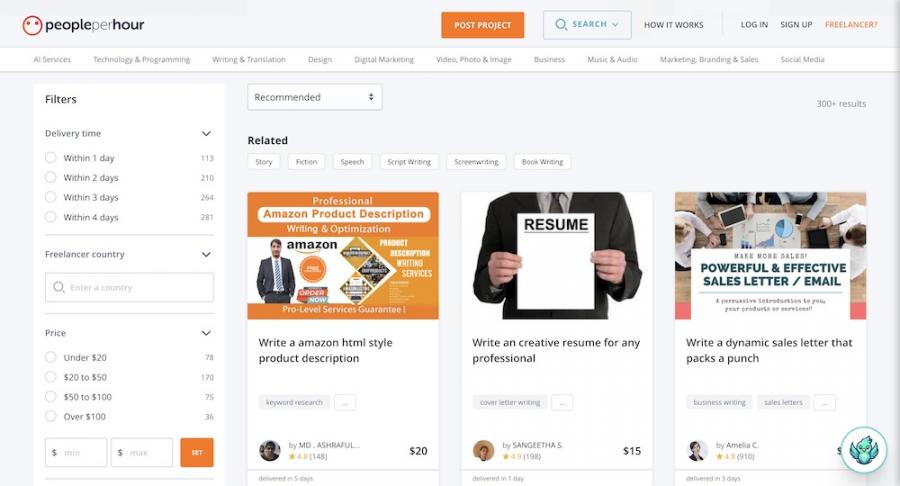
Image via PeoplePerHour
Lastly, consider posting the opening on social media platforms. This opens you to a wide pool of professionals in specific fields on the lookout for freelance work.
Still need more ideas for hiring freelancers? We go into more detail later on in this article.
5. Browse Your Options
When exploring how to hire freelancers for your business, reviewing their portfolios and assessing their experience is crucial. You can ask for a resume and samples of their work.
You can opt for a short phone or video interview to learn more about their skills and qualifications.
Depending on how technical the project is, you could ask candidates to complete an assessment. Even better, you can assign a part of a task related to the project.
However, you shouldn’t ask freelancers to complete the task for free. Instead, offer them compensation for completing the tests.
One more thing to consider when learning how to hire freelancers for your business is that many top freelancers have websites showcasing their past projects, making your search much easier.
Here’s an example of a professional photographer’s portfolio website:

Image via Fei Luo
Browse through these portfolios to see if you find anything you like. When you do, contact the freelancers to discuss your project further.
6. Decide How Much to Share
As far as learning how to hire freelancers for your business, you need to remember that you’re not bringing the freelancer in as a full-time employee. So, you must establish how much you want to share before onboarding them.
Decide what they should know about the project and your clients.
Also, determine how much access to your business resources they get.
Yes, because most freelancers work remotely, they use their supplies to get the job done. But they might sometimes need limited access to your applications, databases, and so on to produce top-quality work.
7. Draft a Contract
By now, you should have found independent contractors worth hiring. Before you can officially start working together, you need to prepare a contract or agreement.
The contract for hiring freelancers needs to establish your expectations, how they will submit the work, and how payments will work.
You can create a standard contract that you can reuse whenever you hire a new freelancer.
Here’s a sample freelance contract:
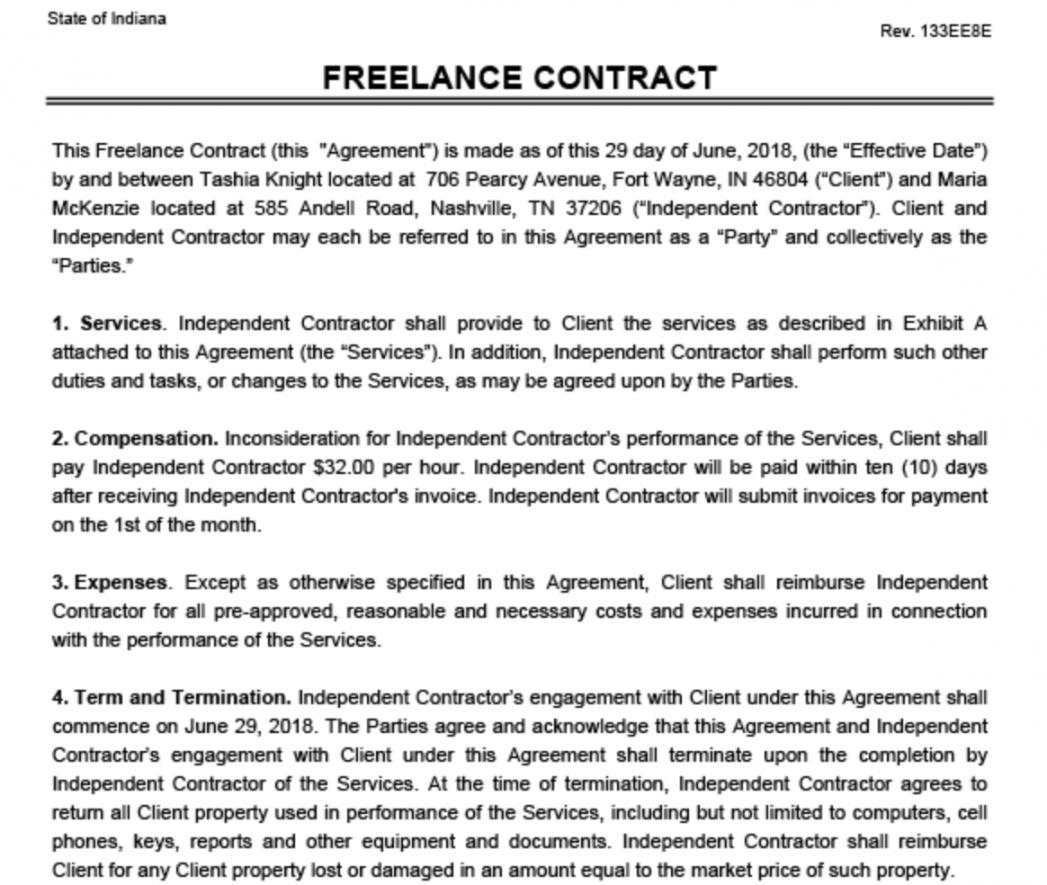
Image via Legal Templates
Just like any legal contract, you need to include all important details like:
- Names of the parties involved
- Duration of the project
- Contact information
- Payment details, including amounts and method of payment
- Milestones and deadlines
- Clauses related to termination, indemnity, and confidential information
Pro Tip: Sign your contracts with freelancers remotely using an e-sign tool like DocuSign.
8. Complete the Task
Once the contract is signed, it’s time to start the project.
Once the contract is signed, it’s time to start the project. A key aspect of knowing how to hire freelancers for your business is ensuring you hold up your end of the contract. This includes payment rates, schedules, and any support the freelancer might need. Provide freelancers with feedback as they hit agreed-upon milestones and when they complete the task.
You can also leave a review if the freelancers have a profile on a freelance website.
9. Build Long-Term Relationships
When exploring how to hire freelancers for your business, consider long-term partnerships. This is ideal for situations where you have recurring work and you don’t want the hustle of searching for new freelancers every time.
In addition, building long-term freelancer partnerships can save you money over time. Agreeing on a fair payment based on the scope of work eliminates the need for constant retraining, making the collaboration more efficient and cost-effective.
Finally, hiring freelancers on a long-term basis creates loyalty. The longer you work with these types of them, the quality of work improves.
Where to Find Freelancers for Hire
Now that you know how to hire freelancers for your business, let's discuss where to find them in more detail.
You can find freelancers almost anywhere. From online platforms to referrals and job boards, the list is endless.
Here are some good places to start.
Freelance Platforms
A popular platform to find freelancers is Upwork.

Image via Upwork
There are several sites like Upwork, such as Fiverr and PeoplePerHour, which you can try.
When figuring out how to hire freelancers for your business, you'll notice that most of these platforms use project bids.
How does this work? Well, you post a job on the platform and freelancers will apply for it quoting their charges.
Once the bids start coming in, it’s up to you to shortlist and interview selected candidates. Then, you decide which freelancers to go with.
Some of these platforms charge a commission for their services, but they also provide useful tools for maintaining contracts.
Remember, researching these websites is crucial to learning how to hire freelancers for your business. You want to avoid wasting time and money on ineffective freelance platforms.
Referrals
There’s a good chance someone in your network has used a remote freelancer. So, if you are looking to hire remote workers, this is a good way to find them.
Ask your connections for referrals. You just might get lucky and find a great freelancer.
Social Media
When looking for alternate ways to hire freelancers for your business, you can easily log onto social media platforms like LinkedIn and Twitter to find freelance talent.
Post the opening in different groups or run ads to curate a pool of qualified candidates.
You might be thinking, “There’s going to be a lot of applications coming in.” While that’s true, you can shortlist potential candidates either via assessments or perusing their portfolios.
Here’s an example of a Reddit page where writers and clients can find each other and partner up for projects.

Image via Reddit
Portfolio Websites
One thing you'll quickly realize when learning how to hire freelancers for your business is that freelancers are often keen on showcasing their work through portfolio websites. They use them to showcase their experience, skills, previous clients, and past projects.
These portfolios can help you shortlist freelancers with the specific skills you need.
Here’s an example of a webflow designer’s portfolio website:
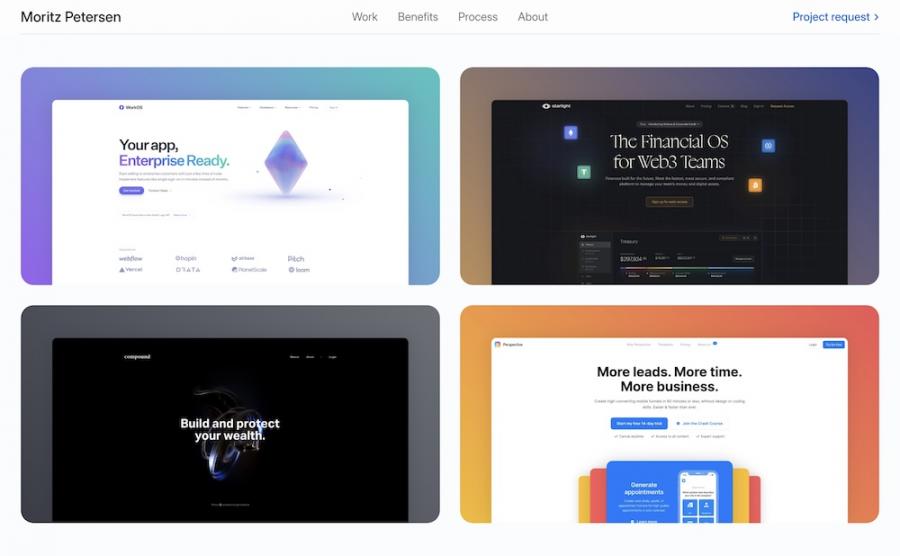
Image via Moritz Petersen
Regardless of how you contact the freelancer, you can ask whether they have a portfolio or not. You get to see their work and other clients they’ve worked with.
Things to Consider When Hiring Freelancers
A common question when hiring freelancers is “What should I look out for?” Unfortunately, there’s no one answer for it.
The truth is, a freelancer that’s a perfect fit for another business might not be right for you.
That said, what are some things to consider when trying to figure out how to hire freelancers for your business?
Rates
While it’s tempting to hire freelancers with lower rates, this might not be the best strategy.
Chances are, you’ll get lower-quality work, which translates to needing more time to finish your task. Eventually, you might end up paying much more than hiring someone who charges more but delivers high-quality work.
When learning how to hire freelancers for your business, remember that lower rates don't automatically mean you should dismiss a freelancer. Some could be new to freelancing and don’t want to overprice their services.
Thankfully, you can examine several freelancer portfolios to get an idea of a fair rate.
Level and Areas of Expertise
Learning how to hire freelancers for your business requires determining if your potential candidates have the necessary skills. Specialization is a top priority if the project is highly technical or within a specific niche.
Ask freelancers if they have worked for other clients in your niche. You can easily verify their understanding of your niche this way.
One thing you should remember when hiring freelancers is that experts usually charge higher than newbies.
Referrals and portfolios can be convenient in helping you find freelancers with specific areas or levels of expertise.
Payment Method
Assuming you have an established budget, you still need to choose a payment method or strategy.
Consider what your project might need, whether it requires multiple revisions, involves ongoing tasks, or is a short-term or one-off project.
That said, here are some payment strategies you can try out as you figure out how to hire freelancers for your business:

Pay Per Project
With this method, you decide on a fixed rate depending on your project and its requirements. It is a great choice if the project is simple.
This strategy works well when you need a freelancer to design a flyer according to your requirements.
Pay Per Hour
Hourly rates are the most common on freelance platforms. Here, you pay freelancers for the hours spent on a task or project.
You should ask freelancers the estimated time to complete a task based on your requirements. This way, you don’t exceed your budget for the task.
Commissions
Commission-based payments work where freelancers are paid only when your business earns some money.
Take a freelance copywriter, for instance. You can agree that they receive a commission on every sale your business generates from their copy.
Tips on Managing Freelancers
As you have seen, figuring out how to hire freelancers for your business is a multi-layered process. You also need to know how to manage them after hiring.
The dynamics of managing your remote team of freelancers are usually different from those of handling regular employees. But even though you are hiring a freelancer to outsource tasks, they still need some form of hands-on management.
Let’s look at a few tips for managing freelancers after the hiring process.
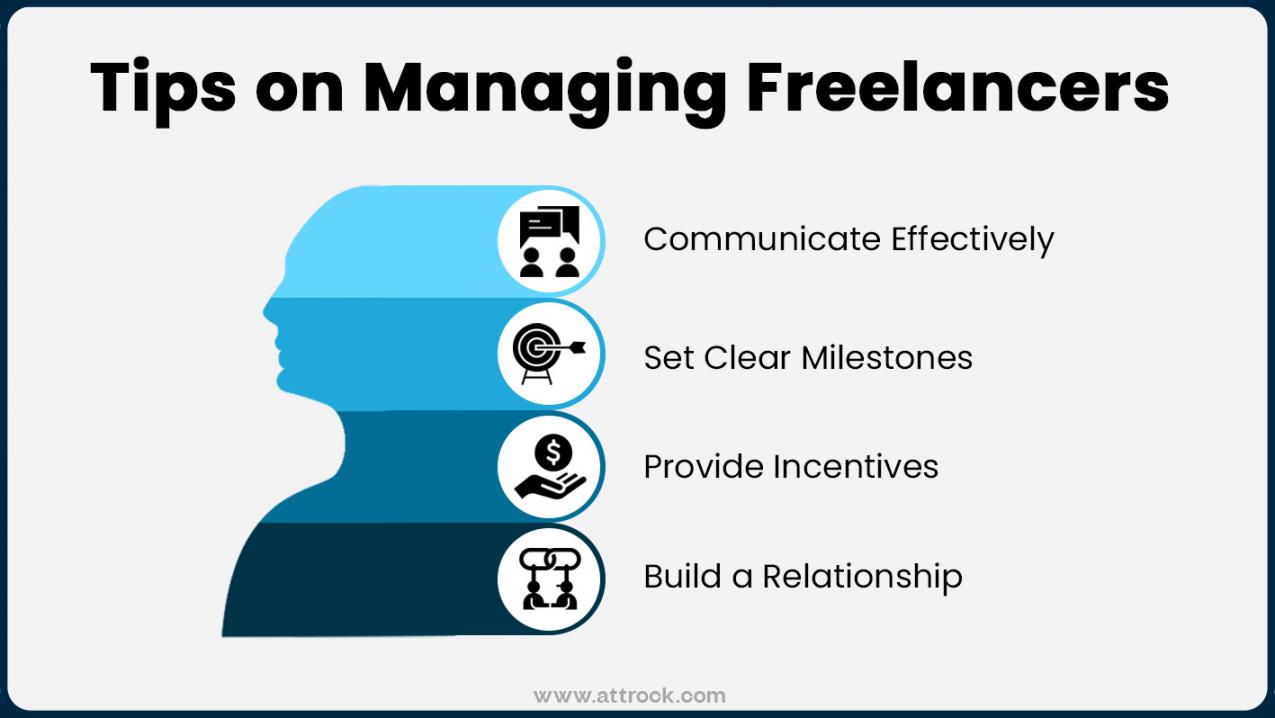
Communicate Effectively
You should clarify deadlines and expectations on how the task needs to be submitted.
Also, clearly communicate with freelancers if you want regular check-ins regarding what you expect in their reports.
Set Clear Milestones
Create milestones and checkpoints for meeting with freelancers and evaluating the project's progress.
You can also ask for drafts so you can provide feedback and ensure that they are doing the job well.
Provide Incentives
Offering incentives motivates freelancers to produce their best work. The best part is that the incentives don’t have to be extraordinary.
People tend to work harder when their efforts are recognized. So, recognition, especially through feedback and positive reviews, is a great way to go if you want the best out of freelancers.
Additionally, offering incentives gives you an edge if you plan to work with them in the future.
Build a Relationship
Even if it’s a short-term project or remote work, get to know your freelancers a little more. This not only motivates them but also boosts productivity.
You inspire freelancers to be more invested in your task when you build a relationship with them. Additionally, by establishing a professional relationship, you make future collaborations a lot easier.
Use a Contractor of Record (CoR) When Needed
When working with freelancers in different countries, a Contractor of Record (CoR) can simplify the process by handling legal compliance, tax filings, and international payments on your behalf.
This solution is especially helpful for navigating local labor laws and reducing administrative burdens when managing global freelance teams.
FAQ
Q1. How can a small business hire a freelancer?
A. You can hire a freelancer for your business by establishing the scope of work, determining your budget, and creating a job description.
Once that is done, post it on different freelance platforms, job boards, and social media. You’ll get a list of options to shortlist and choose from.
Q2. Why should I hire freelancers for my business?
A. You should hire freelancers for your business as they offer you flexibility, reduced costs, and access to specialized skills. Plus, you get scalability for your projects.
Q3. Where can I find freelancers to hire for my business?
A. You can find freelancers on social media platforms like Twitter and LinkedIn. Even better, you can find them on other platforms like Upwork, Fiverr, PeoplePerHour, and Wishup.
Also, you can leverage your network. Find out if they have worked with any freelancers they’d recommend.
Q4. How do I hire the best freelancer?
A. You need to consider their rates, relevant skills, experience, and portfolio. Also, you can check client reviews on freelance platforms to evaluate their work ethic.
Q5. How can I effectively manage freelancers I’ve hired?
A. Set clear expectations and create milestones and benchmarks. You can also establish regular check-ins and offer incentives to improve productivity.
Additionally, always offer feedback and maintain an open line of communication.
Wrapping It Up
Hiring freelancers is an excellent way for business owners who need to maintain smooth operations without additional full-time employees.
However, knowing how to hire freelancers for your business is crucial, as there are multiple options available. With the tips we’ve highlighted, you are sure to hire the best fit for your project. Good luck!









